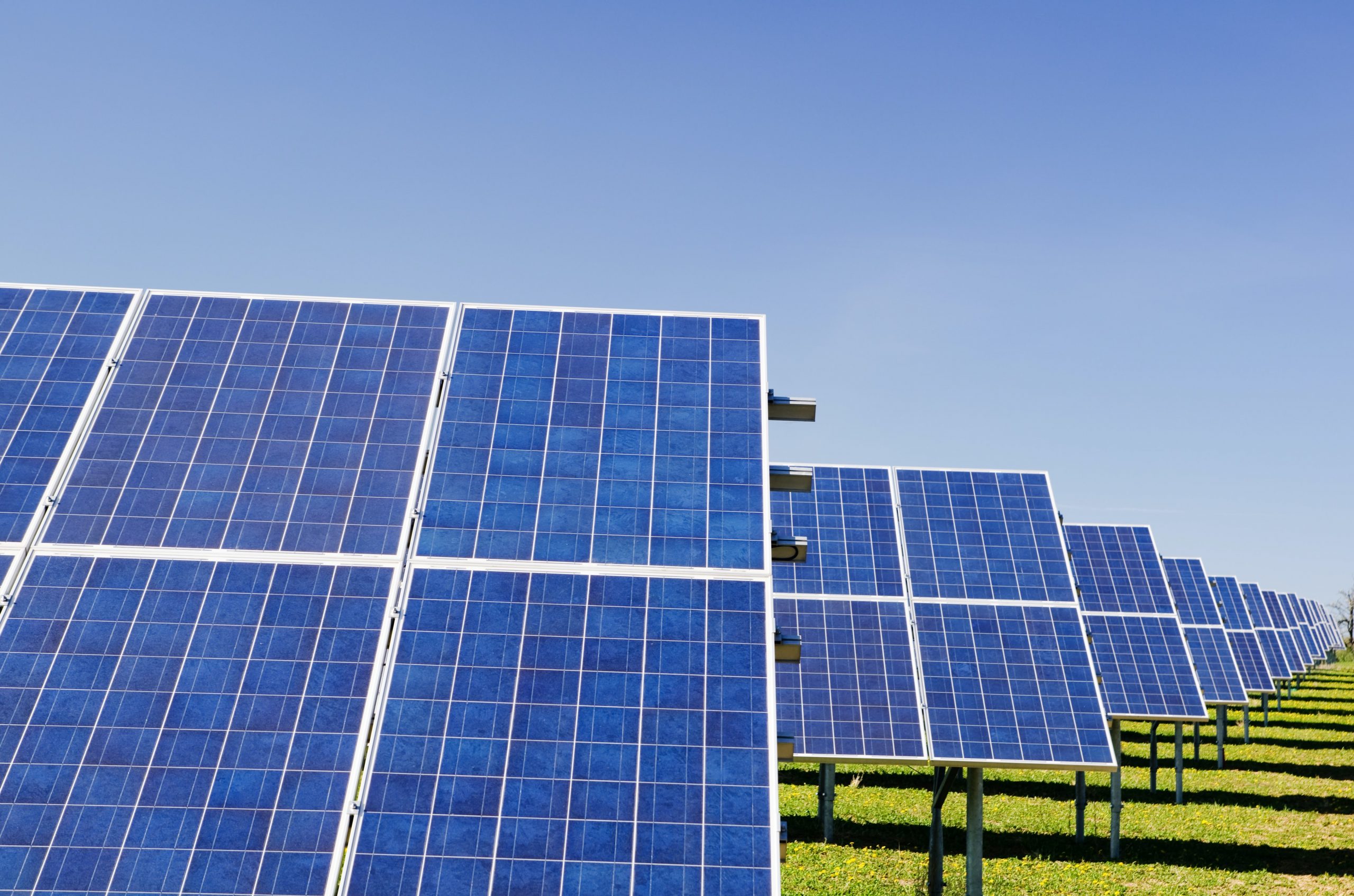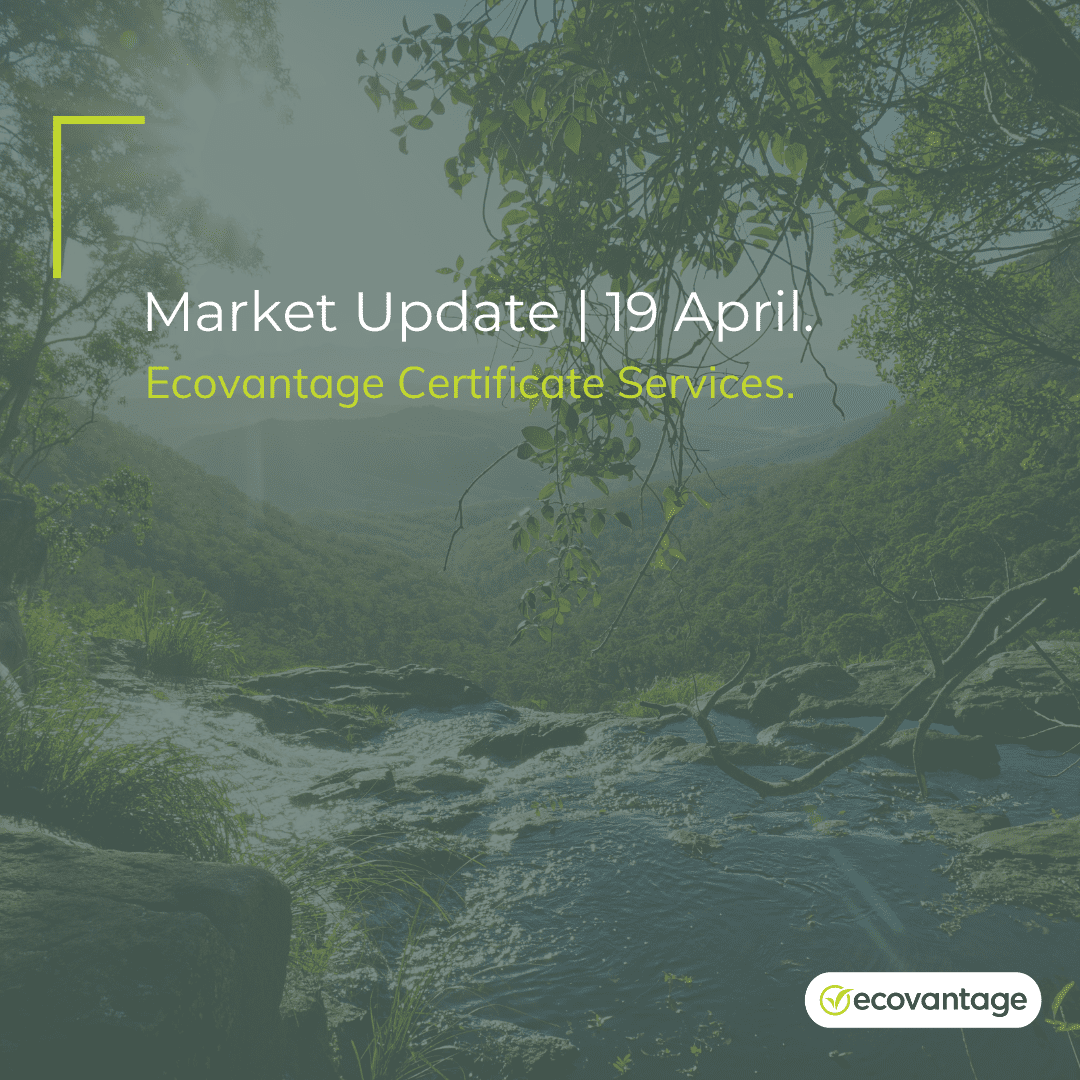Navigating your way around the various state schemes and certificate generation can be difficult. We’ve simplified it all here for you.
In this article we explain the world of Renewable Energy Certificates, the systems and methodologies used to create them, who buys, sells and surrenders them and what Ecovantage’s role is in the process.
The REC Registry.
The REC Registry is an online system provided by the Clean Energy Regulator that facilitates the creation, registration, transfer and surrender of large-scale generation certificates (LGCs) and small-scale technology certificates (STCs). It acts as the main portal that provides the public with information about the renewable energy certificate market.
The Clean Energy Regulator uses the REC Registry to manage, audit and report on the participants within the renewable energy certificate market, and the renewable energy market as a whole.
What Are Renewable Energy Certificates (REC)?
Renewable Energy Certificates (RECs) are offered under the Renewable Energy Target (RET) Scheme, with each REC equalling 1 megawatt hour of renewable energy produced. RECs are categorised as either small-scale technology certificates (STCs) or large-scale generation certificates (LGCs). Once created these certificates can be traded and sold, like shares in an open market, much like a stock market.
Large energy retailers have obligations in many states of Australia to purchase and surrender a certain volume of certificates each year to help offset the emissions that grid energy contribute to the atmosphere. These retailers, other buyers and sellers in the market, the volume of energy efficiency upgrades being undertaken and other factors drive supply and demand of certificates and impact fluctuations in price over time.
Companies who produce their own LGCs may choose to use them to offset their carbon footprint to achieve carbon neutrality. Other companies may choose to acquire and surrender RECs to abate their carbon footprint. A common alternative for companies is to trade the highly valuable RECs that they have created. Then, by using the earnings, they are able to purchase international-based carbon credits. International and Foreign RECs can act the same as our Australian certificates for corporate carbon accounting.


Who Needs to Surrender RECs, and When?
Under the RET scheme, liable entities are required to surrender renewable energy certificates. To acquit an LGC liability for an assessment year, liable entities must surrender certificates in the Renewable Certificate Registry annually. This is completed when they lodge their energy acquisition statement. If a liable entity does not surrender the right amount of certificates it may incur shortfall charges. For liable entities, it is recommended by the Clean Energy Regulator that certificate liability is calculated and certificates are obtained at least two weeks prior to a surrender deadline.
Why Choose Ecovantage?
Our services aim to simplify the certificate purchase, trade and surrender process while maximising both the financial and environmental benefit to your company.
Ecovantage is leading the way in Australia to achieve carbon neutrality. This includes supporting organisations to meet their REC liability each year and assisting with voluntary certificate surrender. We can help you decide which certificate, in what volume will help your business walk that important line between being financially viable and environmentally responsible. Our services provide your company with the certificates you need in a timely and simple manner.
The LGC Advantage.
We understand that the bottom line matters as much as the environmental impact. Fortunately, you can have the best of both worlds.
For clients without a REC liability or who are going above and beyond their liability, certificates such as LGCs can be leveraged as an additional revenue stream rather than being surrendered immediately. Once acquired, certificates can be traded and the profits used to purchase an alternative carbon offset to surrender. This can be at either a reduced investment or increase your greenhouse gas effectiveness for the same investment. Various options are available for international or foreign certificates that represent the real change that is happening in our world.
We assist you to identify the certificates that will best align with your company’s values, environmental policy and financial aims.

 Victoria
Victoria




